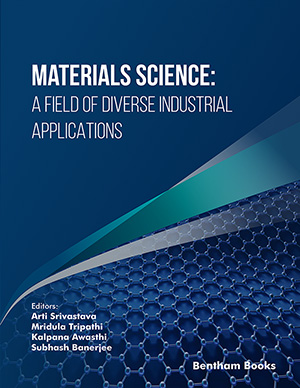Abstract
Decaying sources of non-renewable energy (fossil fuel) turned the research
focus to other natural renewable resources. Among these, solar power is advantageous
in terms of area and maintenance cost. However, the high installation cost of
conventional solar cells restricts individual uses; alternatively, lightweight and flexible
solar cells evolved. Among them, Dye-Sensitized Solar-Cell (DSSC) are inexpensive
and considered nanotechnological advancement. Step-by-step improvisation of the
photo-conversion efficiency has been discussed in light of nanoengineering on metal
oxides. Simultaneously, the dependence of wavelength on the choice of dye has also
been focused opting for a particular application field. Energy storage device (solid-state
batteries and/or supercapacitors) is an inevitable part of solar-cell for ensured use at
required time and space. With the help of nanotechnology, the major problems of
storage efficiency are critically pointed out with possible way-out. In this connection,
the adopted nanoengineering aspects are extensively discussed considering
improvements in the battery capacity, cycle life, and charge and discharge cycles with
the highest degree of safety. Linking with the nanostructures, the nanotubular array
provides a higher specific surface area maximizing the performance for both the
DSSCs and energy-storage devices, as anode material. Again, the unidirectionality of
the carrier transport path enhances electron collection. The present endeavor includes
such research instances probing towards the amalgamation of these two technologies to
indicate the futuristic direction of the self-chargeable storage unit. The present scope is
designed broadly in three sections, where the first section deals with the step-by-step
improvement of DSSC with a prime focus on the oxide nanotube-based photoanode.
The second section deliberates on the research trends for storage devices with the
nanotube-based anode. In the last section, the unification of these two technologies
within a single chip or area using a common anode is the main emphasis to enhance the
utility and green approach for the future world.
Keywords: Energy harnessing, Energy storage, DSSC, Li-ion battery, Na-ion Battery, In-situ charging, In-built energy storage.






















